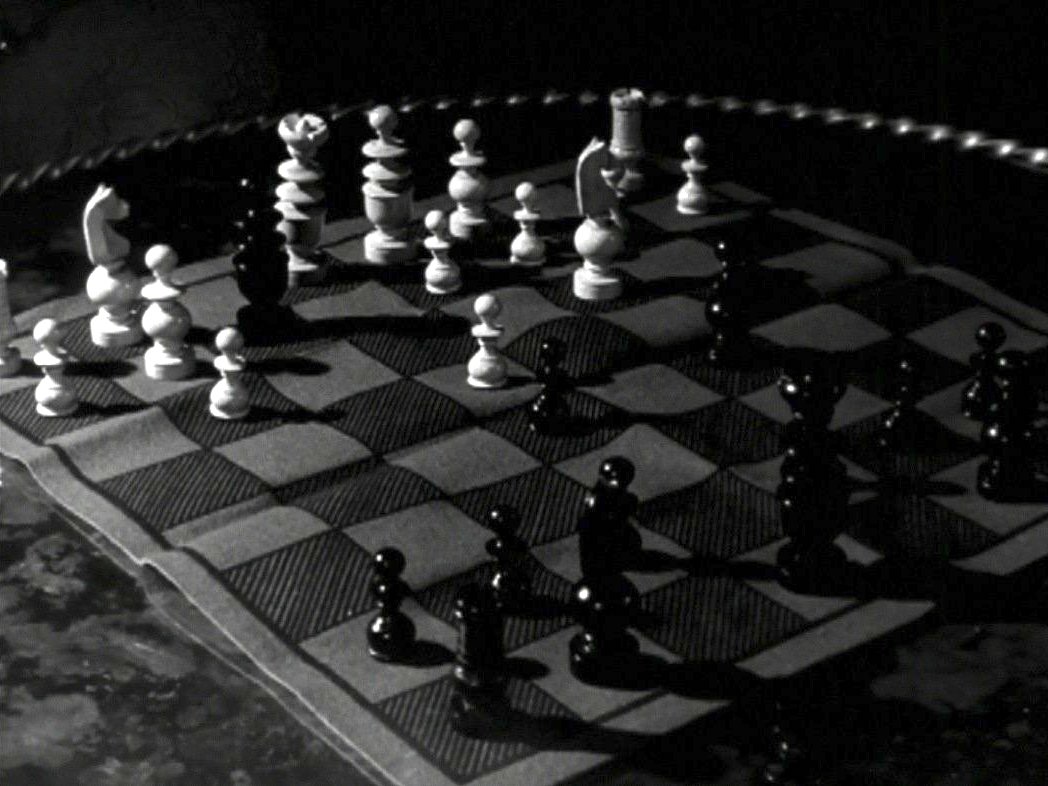Week 6/2024
In Sabzian’s ten years of existence, can you believe that Heat (1995) never made it to the agenda? Flagey screens the film on 35 mm as part of their Michael Mann focus on Saturday. The same evening, CINEMATEK’s Jean-Marie Straub and Danièle Huillet Carte Blanche shows a double bill of Boris Barnet’s The House on Trubnaya (1928) and Le coup du berger (1956), on which Straub was Jacques Rivette’s assistant director. It’s been eight years since we lost Rivette; and next week, Bernard Eisenschitz will be signing his new book on Barnet after the screening of The House on Trubnaya at the Cinémathèque française. Then on Wednesday and Thursday, Eduardo Williams will be in Brussels for a masterclass in collaboration with the film students of KASK.
Movement is key in all four of this week’s films. L.A. has been described as a global gateway city, an interstitial space that perpetuates movement, and it’s precisely in underpasses, intersections, dockyards, and runways that Michael Mann situates Heat. Dante Spinotti, Mann’s DOP, described how he captured the Neil (Robert De Niro) and Eady (Amy Brenneman) balcony scene on location, overlooking Sunset Plaza, with a low frame rate and in front of a green screen to later turn it into “a surreal dream”. Driving off to LAX by night, the couple suddenly enters a tunnel bathed in sublimely overexposed white light but won’t find an escape. In the Straub-Huillet Carte Blanche, actions are marked out across a large vertical staircase set by Barnet or as a series of chess moves by Rivette. And in Williams’s The Human Surge 3, the interstices become manifest as it is composed of the 360-degree, eight-lens camera footage shot across multiple continents.




